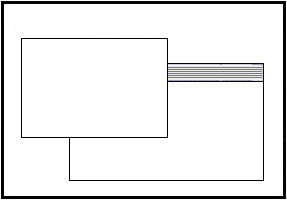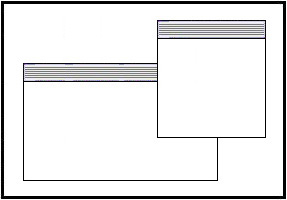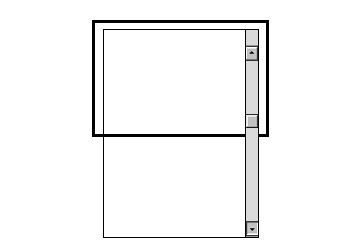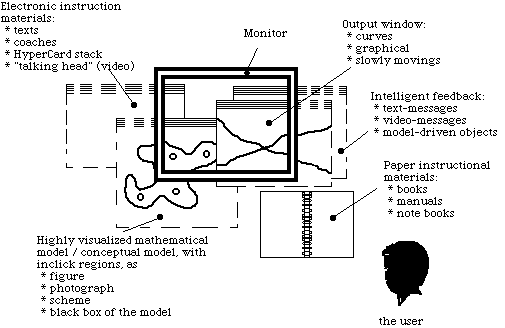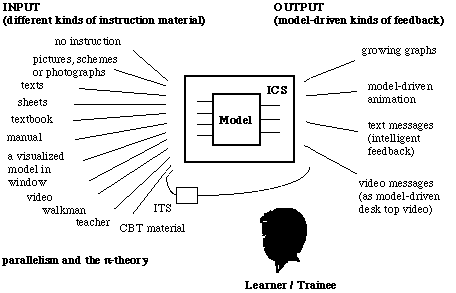Designing Dynamical Learning Environments for Simulation: Micro-Worlds & Applets on the World Wide Web
dr. ir. Rik Minresearcher / designer / problem solver
Faculty of Educational Science and Technology (EDTE), University of Twente (UT)
Postbus 217; 7500 AE Enschede, The Netherlands. E-mail: R.Min@hetnet.nl (Acone)
www.RikMin.nl
Theories about learning
Problem solving on screens
Learning with parallel instruction
Principle of split attention / parallelism:
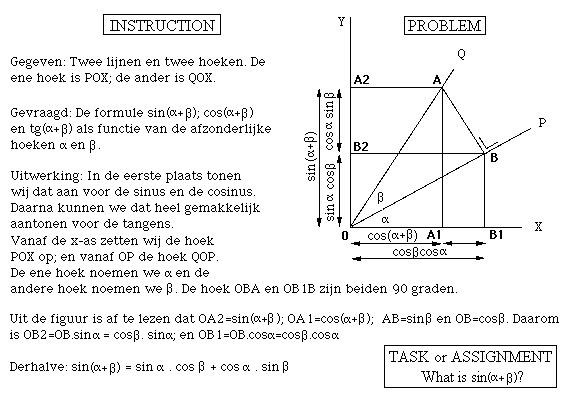
Two different parts on this screen: region A and region B.
Example of a task:
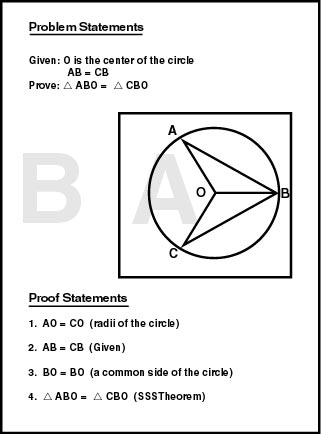
Split attention accoording Mousavi, Low, & Sweller (1995) (as example)
More examples about split attention (Sweller) and parallellism (Min) (in accordance). (extra)
Principle of parallelism:

The principle of parallelism.

